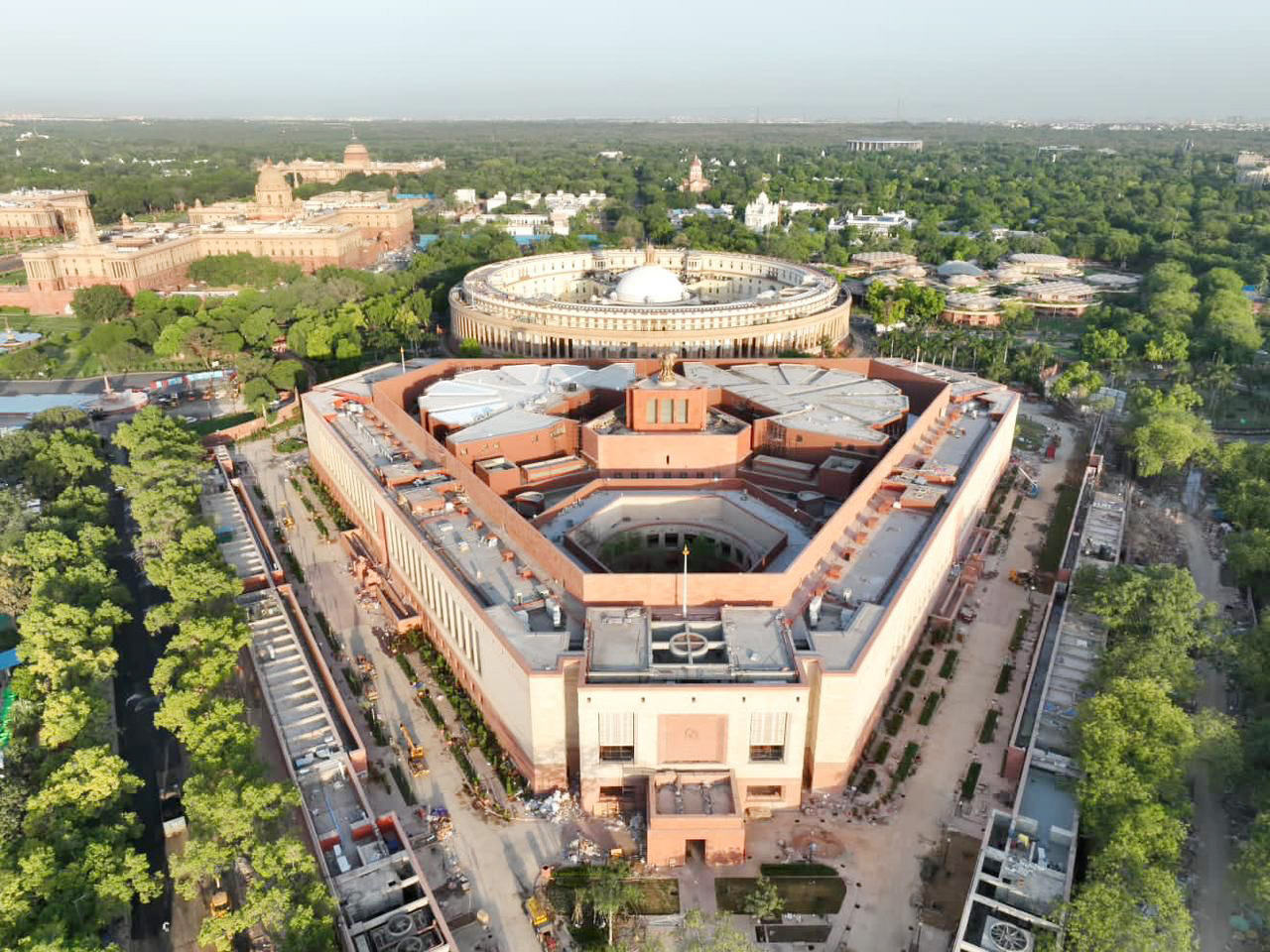Rajya Sabha, or Council of States, is the upper house of the Parliament of India. The Rajya Sabha came into existence in 1952. Unlike the Lok Sabha (House of the People), the Rajya Sabha is indirectly elected. It is a permanent body with fixed terms of office and cannot be dissolved.

The Rajya Sabha has 245 members. These members serve terms of six years, and one-third of the members are replaced every two years. Members of the Rajya Sabha must be at least 30 years old. Most of the members of the Rajya Sabha are representatives of India’s states. These members are elected by their state’s legislative assemblies, by a system of proportional representation. This method of selection is used to choose 233 of the Rajya Sabha’s members. The other 12 members are nominated by the president, and they are often prominent figures in the academic or cultural life of the country.
The Rajya Sabha is the less powerful of Parliament’s two houses. Only the Lok Sabha can introduce legislation that deals with taxation or finance, and the prime minister and council of ministers are responsible to the Lok Sabha. However, the Rajya Sabha can still exercise some power. Because both houses must pass all legislation, the Rajya Sabha can block or delay the passage of legislation passed by the Lok Sabha, but this does not often happen. Also, the Rajya Sabha has the power to declare that Parliament may, in the national interest, pass legislation on a subject that usually falls under the jurisdiction of the states. Together with the Lok Sabha and the state legislative assemblies, the Rajya Sabha is part of the electoral college that chooses the president of India. The vice president of India, also chosen by this electoral college, acts as the chairman of the Rajya Sabha. The Rajya Sabha elects one of its own members as deputy chairman.
See also India, Government of (Central government); Lok Sabha.
